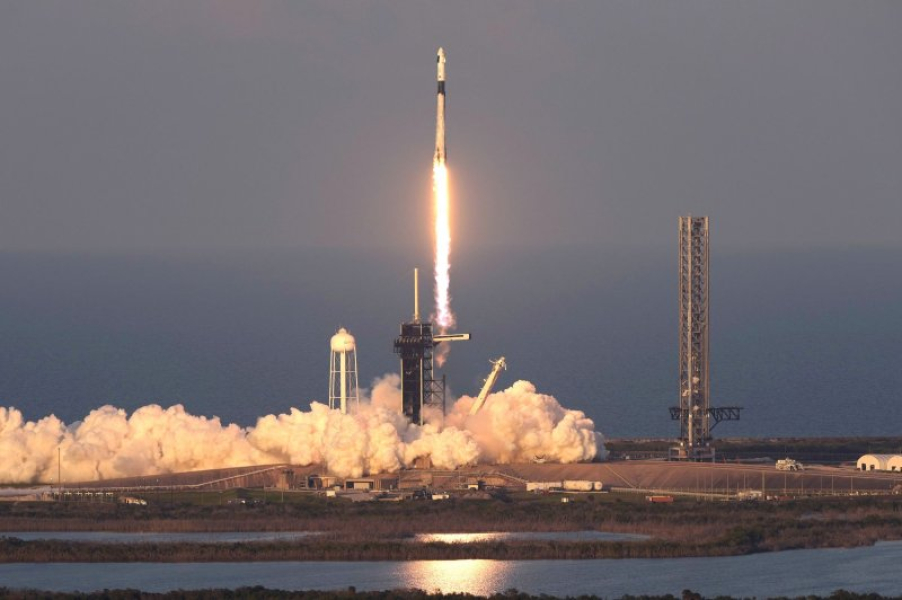
A Japanese organisation has launched a rocket designed to monitor sea temperatures and greenhouse gas levels as part of its global initiative to study the impact of climate change on the atmosphere.
The Japanese aerospace company conducted its 50th and final mission using the H-2A rocket on Sunday, successfully launching the GOSAT-GW satellite into orbit from the Yoshinobu Launch Complex at the Tanegashima Space Center in Japan.
This is the third GOSAT mission dedicated to investigating the impact of climate change on ocean temperatures, fossil fuels and other greenhouse gases, and their impact on our planet's ecosystems.
Sunday's launch will join a series of missions already in orbit: GCOM-W2, which launched in 2012 and is known as “SHIZIKU,” and GOSAT-1, known as “IBUKI,” which was deployed in 2009.
Among other equipment carried on the GOSAT-GW satellite is the TANSO spectrometer, which will help measure the effects of climate change caused by the greenhouse effect.
“The collected data will be used to monitor water vapor profiles, sea ice and soil moisture levels,” GOSAT's website says.
Other instruments will track the reflection of sunlight during the day and identify major emission sources such as power plants and oil and gas facilities.
Sourse: www.upi.com





